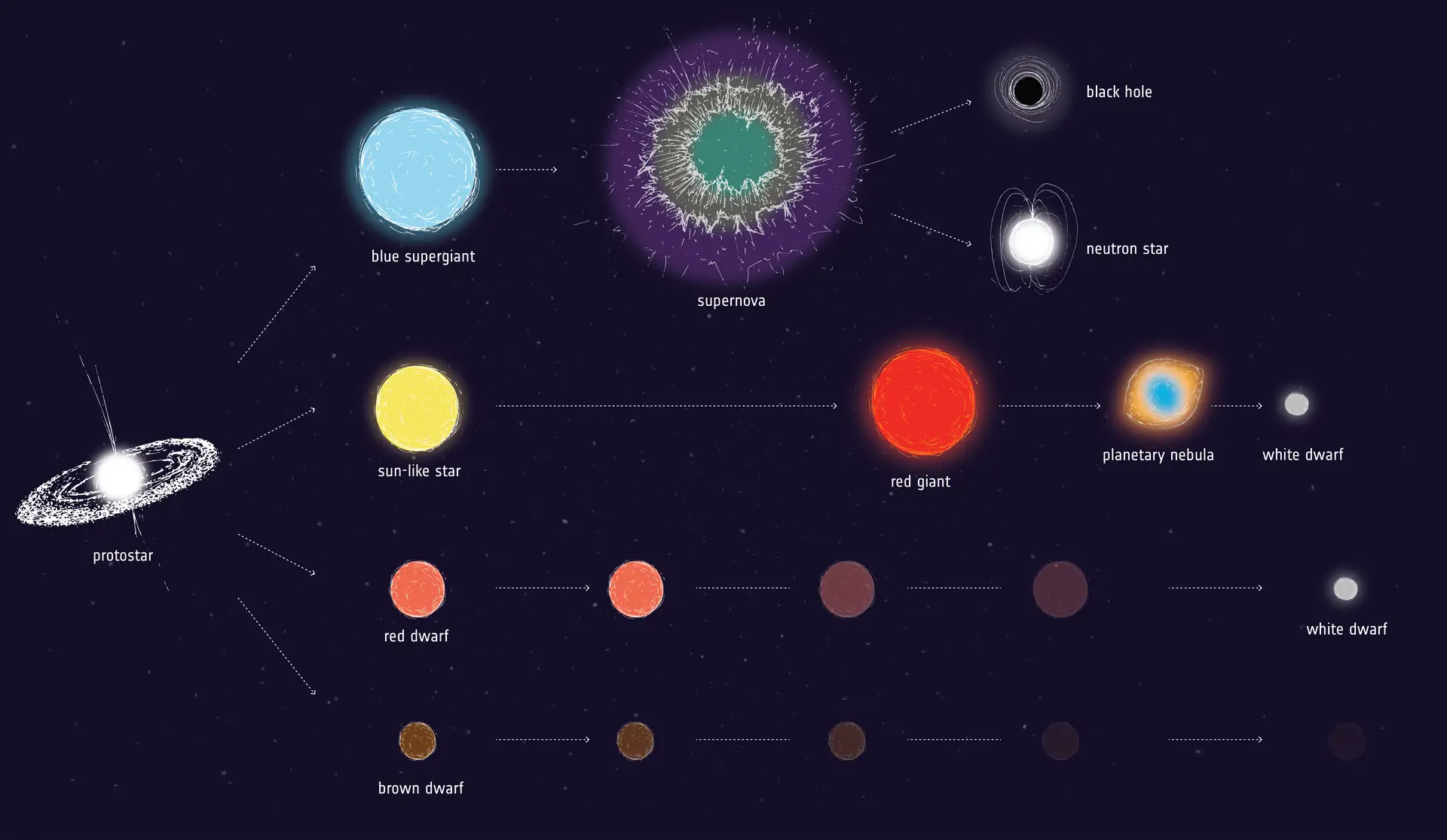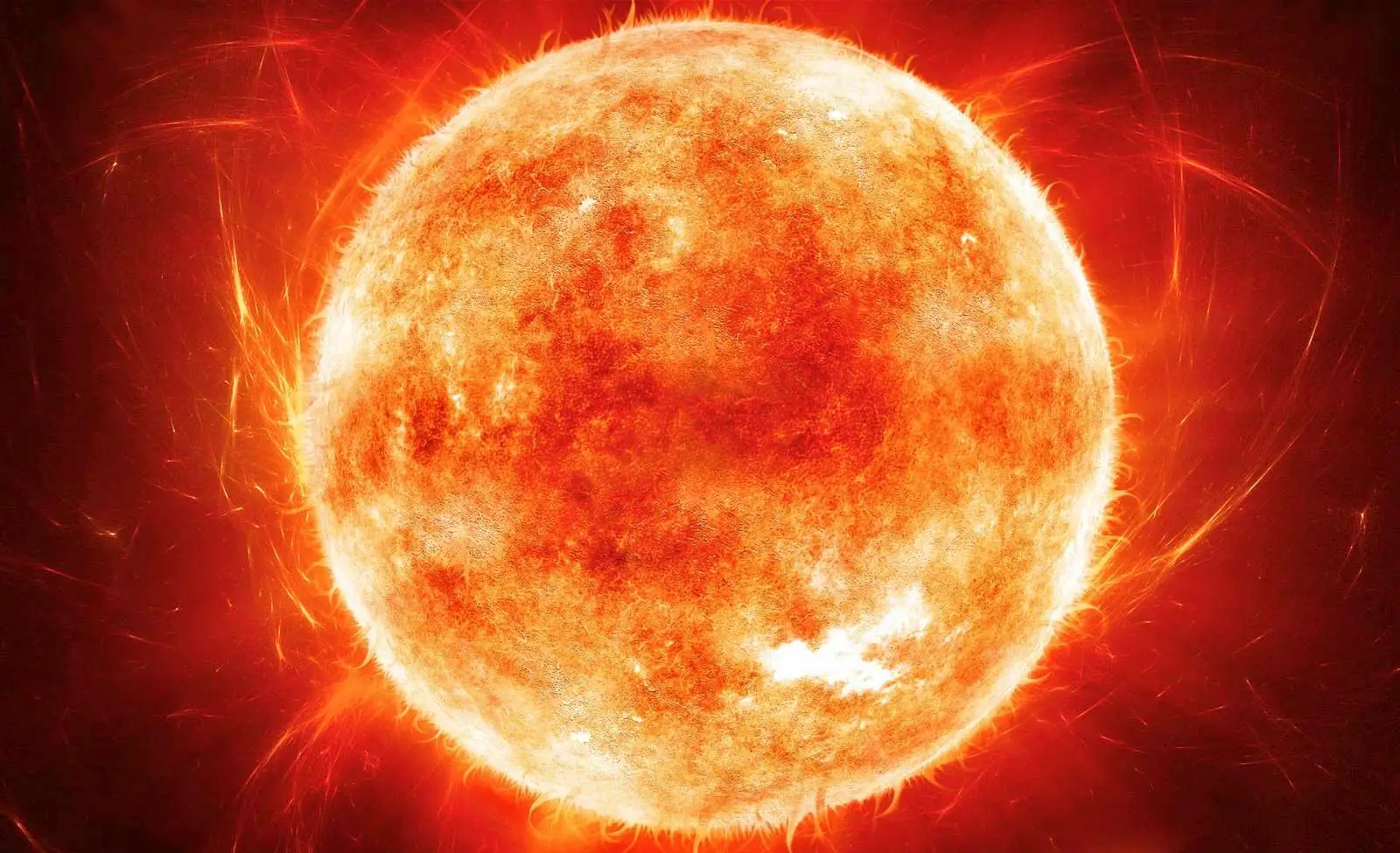ESA, Agentia Spatiala Europeana, adica echivalentul NASA pentru Europa, a facut un anunt oficial in legatura cu soarele care ne arata din nou cat de multa semnificatie are omenirea in sine pentru universul din care face parte. Conform celor de la ESA, a putut fi stabilita o data la care soarele se va “stinge”, un proces inevitabil care face parte din universul in sine, iar in baza cercetarilor facute de catre oamenii de stiinta, steaua din sistemul solar va disparea in 3 miliarde de ani.
ESA face aceasta predictie multumita sondei spatiale Gaia, care se deplaseaza prin sistemul solar, un studiu realizat de catre oameni de stiinta din diverse tari, ajungand la concluzia ca niciuna dintre persoanele care traieste acum, sau care se va naste pentru multa vreme, nu va experimenta o lume fara soare. Conform datelor celor de la ESA, soarele ar urma sa atinga temperatura sa maxima la o varsta de aproximativ 8 miliarde de ani, dupa aceea in decursul a 3 miliarde de ani urmand a se stinge incetul, cu incetul, pe masura ce temperatura se va reduce.
ESA Anunta o Descoperire IMPRESIONANTA, ce a Observat in Legatura cu Soarele

Soarele are acu 4.57 miliarde de ani, deci se afla la o distanta mare fata de momentul in care va atinge temperatura sa maxima, din acel punct urmand a creste in masa si diametru, transformandu-se intr-o stea rosie gigant. Acum, conform calculelor ESA, soarele s-ar afla la jumatatea varstei sale, iar dupa ce va ajunge la 8 miliarde de ani, timp de 3 miliarde de ani va emana in continuare radiatii in univers, doar ca intensitatea acestora va scadea constant.
ESA inca analizeaza foarte multe informatii ale Gaia pentru a afla mai multe in legatura cu soarele care ne incalzeste sistemul solar, insa din pacate exista multe necunoscute in ceea ce priveste steaua. 3 miliarde de ani este o durata extrem de mare pentru omenire, mica pentru univers, dar e ceva ce cercetatorii de acum nu vor ajunge sa observe vreodata, iar asta e foarte important, in final, desi ei fac estimari cu privire la momentul in care soarele va disparea.
“Cu o vârstă de aproximativ 4,57 miliarde de ani, Soarele nostru se află în prezent la o vârstă medie confortabilă, fuzionând hidrogenul în heliu și fiind în general destul de stabil; a stat chiar. Acesta nu va fi întotdeauna cazul.
Din această lucrare, devine clar că Soarele nostru va atinge o temperatură maximă la aproximativ 8 miliarde de ani, apoi se va răci și crește în dimensiune, devenind o stea gigantică roșie în jurul vârstei de 10-11 miliarde de ani. Soarele va ajunge la sfârșitul vieții după această fază, când în cele din urmă devine o pitică albă slabă.”
Wish you could look into the future? 🔮
Thanks to star-mapping mission @ESAGaia we can, to see how our Sun is going to evolve in the future 💫
Find out more👉https://t.co/qRYF1A3J9Y #ExploreFarther pic.twitter.com/LmUfOgJn1M
— ESA Science (@esascience) August 11, 2022
ESA analizeaza nu doar datele Gaia, ci si pe ale sondei spatiale pe care NASA a trimis-o pentru a se apropia cat mai mult de soare si a inregistra cat mai multe informatii de acolo, asa ca omenirea va afla mai multe in legatura cu ele.






















